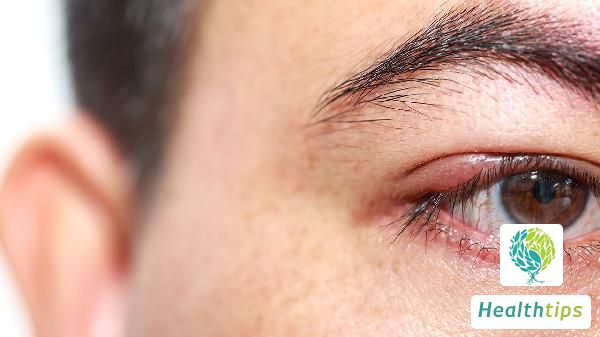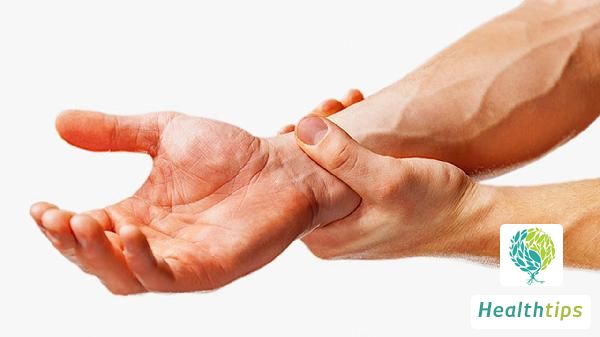What Causes Pain in Both Heels?
Heel pain is a common orthopedic disease, and it becomes increasingly prevalent with age. The most common cause of heel pain is heel spur, and plantar fasciitis is also a frequent cause. Such conditions are commonly seen in individuals who walk or stand for long periods. Elderly individuals with heel pain should rule out heel pad pain, and if heel pad pain is diagnosed, prompt symptomatic treatment is necessary. Let's take a look at what causes heel pain in both feet:

1. Heel Spur: Heel spur is caused by degenerative changes in the heel bone that lead to bone hyperplasia, also known as "spur". It is one of the common causes of heel pain.
2. Plantar Fasciitis: This condition often occurs in individuals who stand or walk for long periods. It is caused by chronic, minor trauma accumulation and manifests as ruptures and repair processes in the fascial fibers.
3. Heel Pad Pain: This condition is common in elderly individuals. The heel pad is an elastic cushion formed by fibrous tissue, fat tissue, and elastic fibers beneath the heel bone. As people age, the elasticity of the heel pad decreases, and the heel bone bears weight without padding. In severe cases, scarring and calcium deposits can develop, causing heel pain.
1. Medication: Oral administration of non-steroidal anti-inflammatory analgesics; injection of acetic acid prednisolone at the tender point once a week, usually cured in 2-3 treatments.
2. Physical therapy.
3. Surgical treatment: Surgical options such as spur excision, plantar fascia release, and calcaneal decompression may be considered if conservative treatment is ineffective or symptoms persist.



















